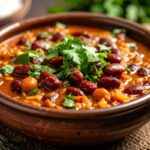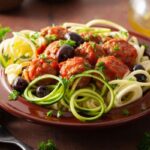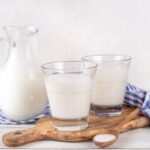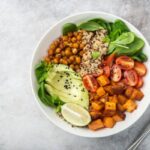1. Dry-heat methods, with or without fat
Dry-heat cooking methods like stir-frying, pan-frying, deep-frying, and sautéing rely on fats and oil to act as the cooking medium.
In dry-heat methods that don’t use fat—like grilling and roasting—food is cooked either by direct or indirect application of radiant heat. No liquid is used, and any fat that is added during the cooking process is intended to add flavor and not to act as a cooking medium. The end result is a highly flavored exterior and moist interior.
2. Moist-heat methods
Moist-heat techniques—such as steaming, shallow poaching, deep poaching, and simmering—have traditionally served as simple and economical ways to prepare foods. Many of the classic dishes of the world are prepared using moist-heat methods because water-soluble nutrients are not drawn out of the food as readily. The result is tender, delicately flavored, and healthful dishes.
3. Methods using a combination of dry and moist heat
These methods, which apply both dry and moist heat, are appropriate for foods that are too tough to be successfully prepared by any other method. Tender foods such as fish and vegetables can also be braised or stewed successfully; however, they will require less cooking liquid, a lower temperature, and a shorter cooking time.
The first step for most combination methods is to sear the main item. Next, braising is considered appropriate for foods that are portion-size or larger, as well as for cuts from more-exercised areas of large animals, mature whole birds, or large fish. Stewing can use the same meat cuts, but the main item is cut into bite-size pieces and the amount of liquid used in relation to the amount of ingredients varies from one style of preparation to another.






